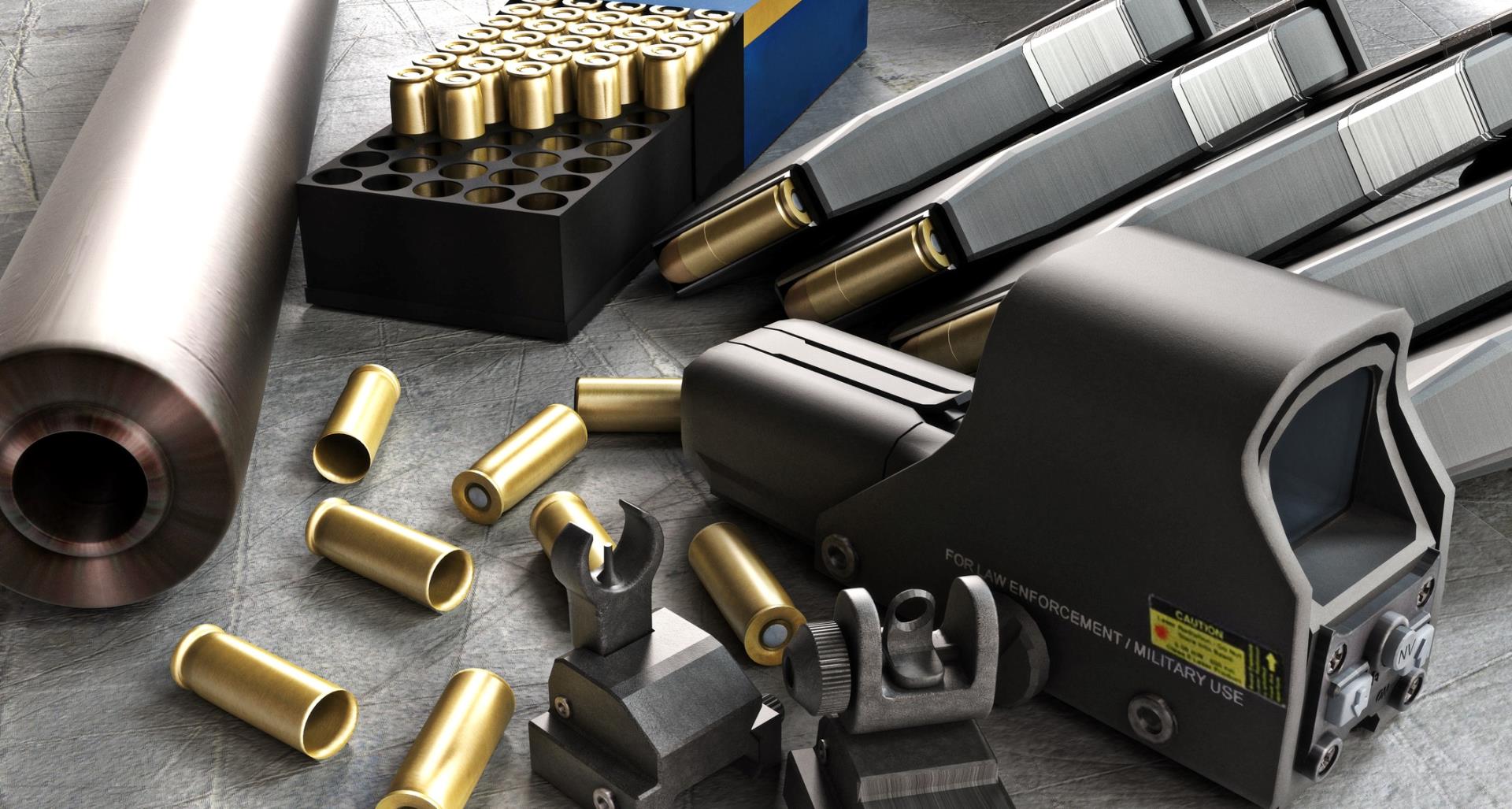Ways to Make Reloading the Most Safe and Accurate
Reloading is an easy hobby for any hunter who can follow the directions of a reloading manual. It is also an inexpensive and highly satisfying pursuit for any rifle shooter.
The process of reloading involves sizing up a cartridge case, inserting a primer, pouring in a powder and seating a bullet. It is a relatively simple operation with many safety considerations.
- Use the Right Components
Using the right components is one of the best ways to ensure success when reloading. From ensuring you have the correct caliber shell holder to using a powder funnel for precise measurement, you can make sure you’re getting the most out of your reloads by investing in the proper accessories.
It’s also important to always use the recommended components for your specific firearm. These recommendations are often revised due to changes in manufacturing or other factors, so it’s important to use the latest data available.
Using the right components can also save you time and money by making the process easier. For example, using the proper reloading die can help you seat your bullets properly, which can make a significant difference in overall accuracy.
- Follow the Instructions
No hobby requires as much concentration and attention to detail as reloading does. It’s important to give it your full attention and clear the work area of distractions (TV, kids, other reloaders).
Following instructions is also essential. Always follow the reloading data provided in a manual, and never exceed the maximum load for a cartridge. Exceeding maximum loads can cause dangerous overpressure that could damage a firearm or injure the shooter.
It’s also important to use a powder measure and scale, which ensure that the correct amount of powder is used for each cartridge. Without these tools, it is easy to over or under-load a case, which can lead to inaccurate bullet seating and poor shooting performance. Also, always clean and lubricate your press and dies before and after each session.
- Clean Up After Each Load
One of the most overlooked safety rules when reloading is cleaning up after each load. A dropped primer or powder can explode, ejecting metal shavings and other debris that could injure someone. Always store powder and primers away from all other equipment, preferably in fire-resistant containers like ammo cans.
Be sure to clean up your reloading area and all tools and equipment after each use.
This helps prevent a build-up of lead dust that can be inhaled.
As you work up in charge weight, watch for pressure signs – a harder bolt lift, cratered or flattened primers, shiny ejector marks on the cases or excessive recoil. Stop shooting at the first sign of these symptoms as they indicate that your cartridges are near their maximum pressure.
- Keep Records
When reloading, it is important to keep careful track of all components used. This includes casings, primers, and gunpowder. Casings should be cleaned and inspected carefully for any wear or damage before they can be reused. They must also be resized and deprimed. Then, they must be primed with a new primer. Finally, the bullet must be seated into the casing at the proper depth to ensure accuracy and reliability.
It is also a good idea to keep detailed records of each load so you can compare performance and accuracy. This will help you identify any problems, such as uneven case neck tension or powder charges that are too high. It will also allow you to make corrections before they cause dangerous chamber pressures that could result in serious injury or death.
- Don’t Be Afraid to Ask Questions
Consistency is the key to getting the most out of your reloads, and that starts with having a consistent powder charge. Even a small deviation in the amount of powder used can have a big impact on the performance of the ammunition.
While reloading is not rocket science, it is not easy and requires a lot of attention to the little things. It’s important not to be afraid to ask questions if you have them or aren’t sure how to do something.
There are many helpful people out there who can answer your questions and help you get started with reloading. Be sure to take advantage of this resource!



